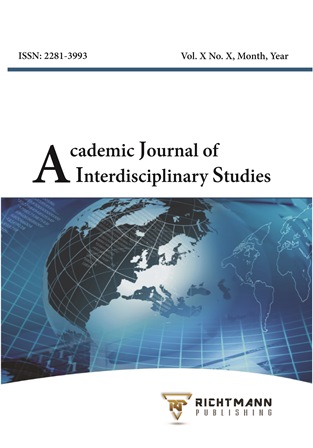Restoring the Conflicts among Societies: How does Baduy Society Settle the Criminal Cases through Restorative Justice?
DOI:
https://doi.org/10.36941/ajis-2023-0071Keywords:
Conflict resolution, restorative justice, customary law, Pancasila, IndonesiaAbstract
The Baduy are indigenous people who firmly adhere to the customary law of their ancestral heritage, both in carrying out their daily lives and when conflicts or crimes occur. Even though they are part of Indonesia, the Baduy have their own legal system, which is different from positive law. Likewise in customary criminal law, the Baduy have a customary criminal justice system that is authorized to resolve customary conflicts that occur between indigenous people or those that occur in their customary territories. The conflict resolution method in Baduy customary law is called Silih Hampura. Silih Hampura 's way of working is very similar to that of restorative justice which is currently being implemented in national law to resolve various types of criminal acts. This research will examine the Silih Hampura method in resolving conflicts that occur in the Baduy as an effort to explore the Pancasila values contained in the local wisdom of the Baduy customary criminal law. The research method uses normative and empirical legal research methods. Using primary and secondary data sources which are processed using qualitative data analysis. The results of the study show that the Baduy have a conflict resolution method, namely Silih Hampura . The concepts of Silih Hampura are very thick with the norms contained in Pancasila. Deliberation for consensus, creating peace, family behavior, patterns of attention to victims and no elements of revenge, prioritizing victims' apologies and apologies from perpetrators, as well as restoring the conditions of victims, society and the environment so that they can restore the disturbed nature due to crimes or conflicts that have occurred.
Received: 15 February 2023 / Accepted: 20 April 2023 / Published: 5 May 2023
Downloads
Downloads
Published
Issue
Section
License

This work is licensed under a Creative Commons Attribution-NonCommercial 4.0 International License.
This work is licensed under a Creative Commons Attribution-NonCommercial 4.0 International License.








